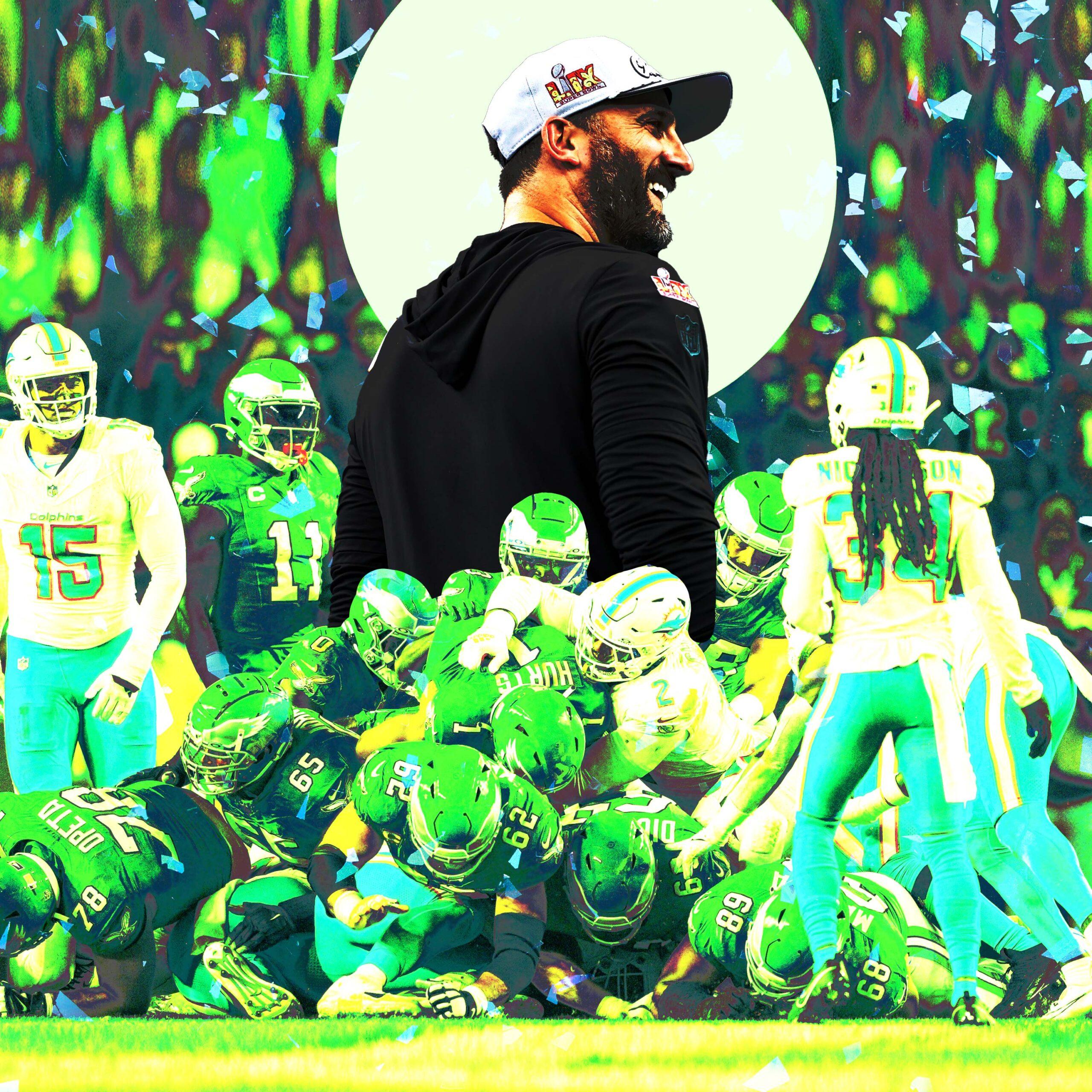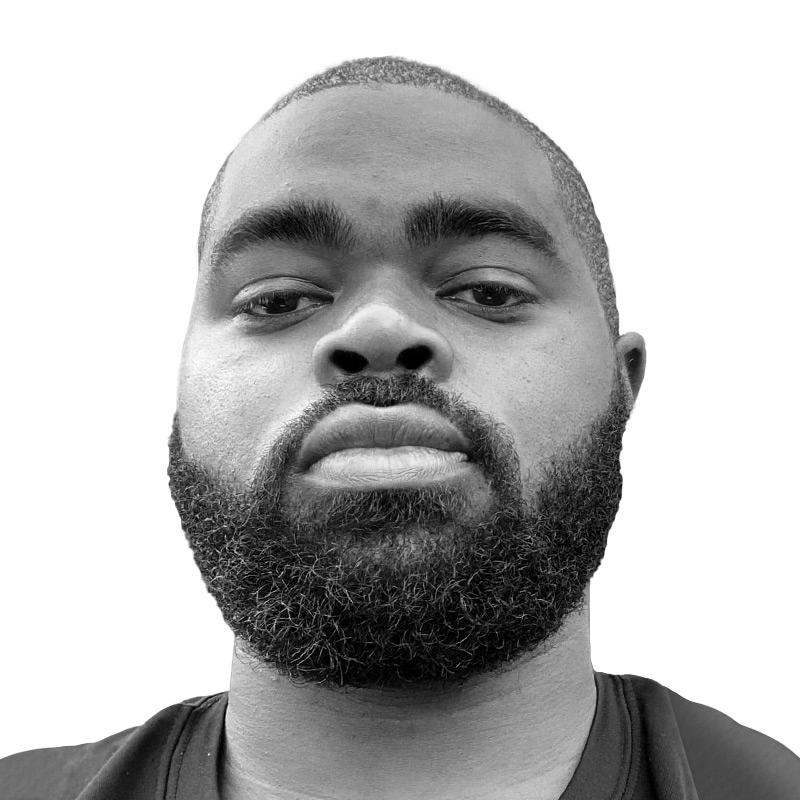
The tush push is usually only worth a yard or two when the Philadelphia Eagles use it, but those three to six feet have had a way of breaking an opponent’s competitive spirit. Take last season’s NFC championship game. With a 34-23 lead in the fourth quarter, the Eagles had pushed the Washington Commanders to their breaking point. The Eagles lined up in tush push formation five times, and the Commanders committed four penalties until the referee crew finally threatened to simply award the Eagles a touchdown if the Commanders didn’t knock it off. (The freebie touchdown wasn’t necessary, because Jalen Hurts pushed his way in for the score.)
The issue wasn’t just that the Commanders couldn’t stop the tush push, it was that the defense seemingly decided it was tired of the play, and unwilling to do anything else about it. The only way to truly stop the push would be to legislate it out of the game.
It was in that exact spirit that the Green Bay Packers, led by CEO and president Mark Murphy, spearheaded an effort to ban the push this offseason, drafting a proposal to prevent players from shoving a ballcarrier forward immediately after the snap. On Wednesday, the rule change fell short of the line to gain, garnering 22 of the 24 votes it needed to pass. The legacy of the tush push has grown from a play opponents can’t stop to a play that can’t be killed.
That the proposal to ban the push failed was a bit of a surprise. The proposal had been endorsed by both the league’s competition and health and safety committees ahead of this week’s meeting, and multiple outlets, including Pro Football Talk and Bleacher Report, reported that NFL commissioner Roger Goodell was in favor of the ban. Typically, if the league office wants something to happen, the vote is a mere formality.
The Packers’ initial proposal, which was supported by only half the teams when it was first presented at the owner’s meetings in April, was recently amended so that it didn’t unambiguously target Philadelphia, which successfully converted 28 tush push attempts last season. By broadening the scope to include any pushing or lifting of a ballcarrier in order to propel him forward, it aimed to return the rule back to its old framing prior to 2005. Still, the whole thing stunk of sour grapes, while other reasoning provided by opponents of the tush push couldn’t stand up to scrutiny. The Packers’ proposal picked up six votes since the 16-16 unofficial tally on April 1, but it wasn’t enough. Eagles owner Jeffrey Lurie and former center Jason Kelce, the man at the bottom of so many tush push scrums in the 2022 and 2023 seasons, spoke to the assembled owners on Wednesday.
Player safety and pace of play were referenced as the reasons to outlaw the tush push in both iterations of the proposal, but the league couldn’t muster much supporting data to solidify these arguments. To this point, no players have suffered a significant soft-tissue injury or broken bone as a direct result of a push play. (I’d imagine the league would have a hard time presenting data on the subconcussive damage potentially suffered by players on tush push plays without potentially exposing itself to the kind of liability it’s tried so hard to avoid since reaching a near-$800 million settlement in the class-action lawsuit brought against it by former players in 2013.) Instead, the focus was on potential injuries, to the quarterbacks who thrust their way into crowded scrums, the offensive linemen who initiate the brunt of the contact, and the defensive players who are trying increasingly creative (yet ineffective) ways to stop it.
Lurie has called the tush push the “safest play in the history of the game,” which is both pious and understandable in comparison to something like the kickoff, a play in which most of the 22 players on the field are involved in high-speed collisions.
As for pacing, even the sycophantic Eagles fans can acknowledge that the tush push isn’t exactly oozing with sex appeal, but there’s no evidence that the play holds up the flow of a game any more than a traditional quarterback sneak or a running back diving over a pile does.
Past that, Philadelphia’s cultivation of a unique approach to converting in short yardage reinforces one of modern football’s most important philosophies: Going for it more often on fourth-and-short works! Since 2022, when the Eagles mastered the play, Philadelphia’s offense ranks third in total plays run on fourth down and with 2 or less yards to gain (52), and is second in rushing attempts with 40. Interestingly, the Eagles rank behind Kansas City in conversion rate on those fourth-and-short plays, despite the Chiefs not running a single QB sneak with Patrick Mahomes since 2019.
When you strip away the flimsy arguments, the play seemed on the verge of being outlawed because teams simply can’t stop it, some people just don’t like watching it, and the Super Bowl champions are simply too good at it. Cowboys owner Jerry Jones on Wednesday said the quiet part out loud. “Well, am I really against the tush push, or just don’t want Philadelphia having an edge?” Jones said. (Ultimately, the Cowboys were one of the 22 teams who voted to ban it.)
Jones’s comment paints the argument to ban it clearly, even if the truth is exactly as childish as it sounds: the correlation of Philadelphia’s wins and the effectiveness of the tush push is just too much for some to bear. If the Indianapolis Colts ran the same play just as often under head coach Shane Steichen, who was the Eagles offensive coordinator in 2022, and were still missing the playoffs, it’s hard to imagine that anyone would be passionate about this specific style of executing sneaks. In fact, the Buffalo Bills have adopted their own version of the play and largely been effective at it, and it seems to draw little ire from the league writ large. (The Bills, notably, also voted to ban the push.)
The tush push itself has long been dwarfed by its reputation, and for as effective as the Eagles have been using it, changing the rules to ban the push probably won’t make them any worse at converting in short-yardage situations. In fact, this team has had such a talent advantage on offense over the past three seasons, there’s a bit of irony in the league’s hyperfocus on a play that gains just 1 yard instead of all the other plays that gain many more yards.
Now, in failing to ban the tush push, the league has given the high ground on competitive ethics to the fan base most apt to weaponize it against everyone else. Eagles supporters are still floating after a decisive win over Kansas City in Super Bowl LIX (which featured a touchdown on a tush push) and now have reason to believe that the only way this team can be stopped is by changing the rules to outlaw what they do best—and the desire to constrain that success runs all the way to the commissioner’s office.
When Philadelphia opens the season at home against the Cowboys, the first time Saquon Barkley puts his hands on Jalen Hurts’s backside and the quarterback burrows his way to a fourth-down conversion, the home crowd will go absolutely feral. Head coach Nick Sirianni might do a Lambeau Leap of his own if the Eagles score a touchdown on a tush push when Philadelphia travels to Green Bay for Monday Night Football on Nov. 10.
This era of Eagles football is immortalized now, even if the team never returns to the heights it enjoyed over the past three seasons. The tush push is forever, and the league doesn’t want to line up to compete against it anymore.





